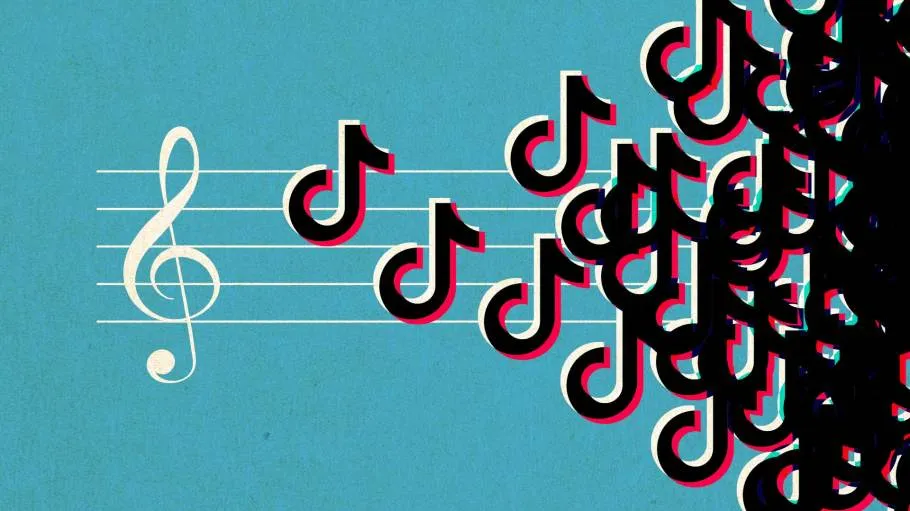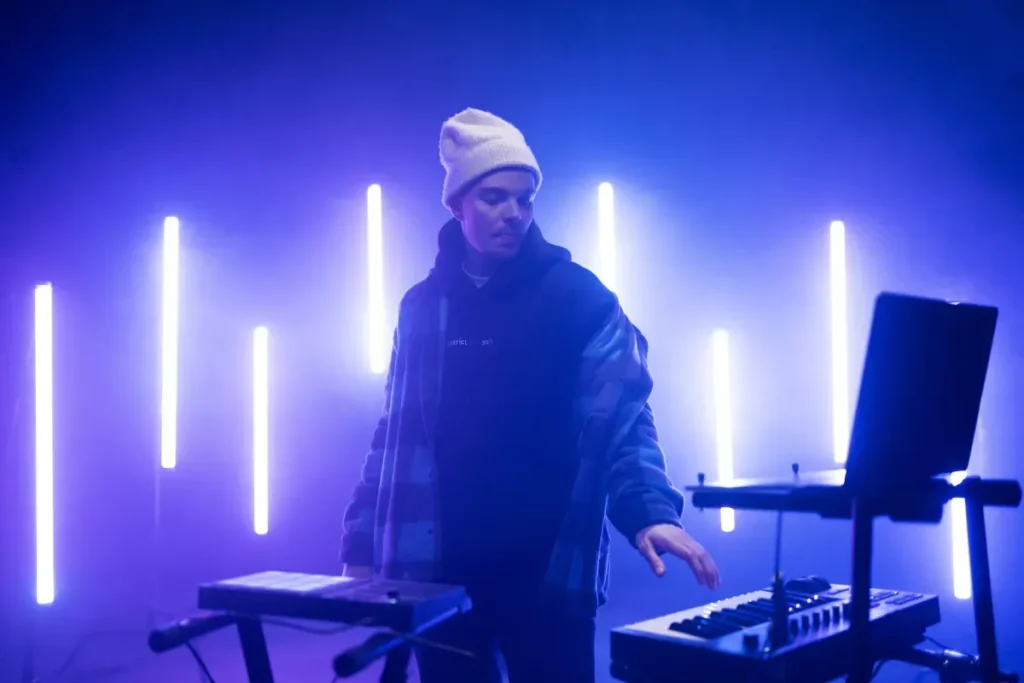Music Trends is a universal language, but the dialect it speaks varies wildly across generations. From vinyl crackles and soulful melodies to auto-tuned hooks and bass-heavy beats, the evolution of music is a reflection of how society, technology, and culture shape our tastes. In 2025, the ongoing conversation between old-school and new-school Music Trends has intensified, with fans and artists alike debating which era delivers more authenticity, innovation, and emotional resonance.
Let’s dive deep into the key differences, cultural significance, and emerging trends that define both old-school and new-school music, and explore whether the battle is about rivalry or evolution.
The Essence of Old-School Music
Old-school music, often characterized as pre-2000s, includes genres like classic rock, soul, funk, disco, jazz, reggae, Motown, boom-bap hip-hop, and golden-era R&B. Artists like The Beatles, Michael Jackson, Aretha Franklin, Bob Marley, and Tupac Shakur set the tone for an era driven by raw emotion, lyrical depth, and instrumental craftsmanship.
🎸 Hallmarks of Old-School Sound
- Analog warmth: Analog recording equipment gave old-school Music Trends a warm, rich sound.
- Live instruments: Guitar solos, drum kits, saxophones, and orchestral arrangements added real-time texture.
- Lyrical storytelling: Songs were often narratives of love, social issues, or personal journeys.
- Limited production tools: Without today’s digital editing tools, musicians relied more on performance skills.
Old-school music was more than entertainment—it was often a social commentary, capturing the spirit of civil rights movements, anti-war protests, and inner-city struggles.

The Rise of New-School Music
New-school Music Trends generally refer to the modern digital age—think post-2000s and beyond—where genres blend, technology shapes sound, and global access redefines success. Artists like Billie Eilish, Drake, Olivia Rodrigo, Travis Scott, and BTS are leading the way, creating music that’s genre-fluid, digitally polished, and social media-savvy.
🎧 Key Features of New-School Sound
- Digital production: Auto-tune, synthesizers, DAWs (Digital Audio Workstations), and virtual instruments are dominant.
- Viral marketing: TikTok and Instagram Reels often decide which songs become hits.
- Genre blending: Pop meets trap, EDM fuses with indie, and rap intertwines with R&B.
- Short-form structure: Songs are shorter, hook-driven, and optimized for quick engagement.
New-school Music Trends is a product of its environment—fast-paced, globalized, and constantly shifting. While it’s often criticized for lacking depth, it excels in accessibility, innovation, and audience engagement.
Old-School vs. New-School: Lyrical Themes
📝 Old-School Lyrics
Old-school artists often used their platform to discuss love, loss, injustice, and introspection. Consider Tupac’s “Changes” or Marvin Gaye’s “What’s Going On.” Lyrics were poetic, structured, and timeless.
🔄 New-School Lyrics
While modern artists still tackle personal and political themes, there’s a noticeable shift toward relatability, flex culture, mental health, and identity. Shorter lines, catchy hooks, and minimalist verses make the Music Trends more accessible but sometimes less dense.
Key Difference: Old-school lyrics prioritize storytelling and activism. New-school lyrics focus on vibe, identity, and digital relatability.
The Role of Technology
Perhaps the most defining line between old and new is technology. In old-school studios, artists needed session musicians, tape reels, and live mixing. Today, a teenager can produce a Billboard hit in their bedroom with a laptop and software like Ableton or FL Studio.
🎛️ Advantages of Technology in New-School
- Affordability: No studio time required.
- Creativity: Effects, pitch correction, sampling, and layering allow endless possibilities.
- Collaboration: Cloud-based tools make cross-continent collaborations seamless.
🎤 Downsides of Digital Music
- Overproduction: Sometimes, emotion is lost under layers of processing.
- Homogenization: With similar tools and trends, many songs start to sound alike.
Still, tech democratizes music, allowing more voices and styles than ever before.

Cultural Impact: Nostalgia vs. Now
Old-school music holds deep nostalgic value. It reminds listeners of a time when albums were cherished, concerts were rare experiences, and artists were less accessible. There was mystique around the musician.
New-school culture, however, values immediacy and interaction. Artists are brands. Through social media, livestreams, and behind-the-scenes videos, fans have immediate access.
🆚 Fan Experience Then & Now
- Then: Liner notes, fan clubs, radio countdowns.
- Now: Spotify Wrapped, Discord servers, YouTube premieres.
Rather than replacing the old, the new school is reshaping the fan-artist relationship with greater transparency and community.
Genre Evolution: Hip-Hop as a Case Study
🎤 Old-School Hip-Hop (80s–90s)
Focused on rhyming, beatboxing, DJing, and dance. Artists like Nas, Run-DMC, and Public Enemy elevated lyricism and street storytelling.
🔊 New-School Hip-Hop (Post-2010)
Heavily trap-influenced, vibe-oriented, and melodic. Artists like Lil Uzi Vert, Travis Scott, and Doja Cat blur the lines between rap and pop.
Despite criticism, new-school hip-hop has pushed boundaries in fashion, digital art, and gender roles, showing that evolution doesn’t mean dilution—it often means expansion.
Radio vs. Streaming: The Shift in Music Discovery
- Old-fashioned discoveries include mixtapes, FM radio, MTV, and word-of-mouth.
- New-school discovery: Spotify algorithms, TikTok trends, YouTube playlists.
While old-school fans waited weeks to hear a single on the radio, today’s audience expects instant access to everything, all the time. The “skip” button changed how we consume and value music.
The Vinyl Comeback: Bridging the Gap
Interestingly, vinyl records and cassette tapes are making a comeback among Gen Z and millennials. Why? Because they offer tangible nostalgia, audio warmth, and a sense of collecting.
Even new-school artists like Taylor Swift and The Weeknd release special vinyl editions, proving that while digital rules, analog still feels special.
Collaboration Across Eras
Some of today’s most powerful music moments come when old meets new. Think:
- Elton John and Dua Lipa’s “Cold Heart” remix
- Snoop Dogg and Wiz Khalifa collaborations
- Nas teaming up with Hit-Boy for new-school beats
These partnerships prove the battle is less about conflict and more about convergence.
So, Who Wins the Battle?
The truth? Since it’s a dialogue rather than a fight, there isn’t a certain winner.
Old-school music brings soul, depth, and legacy.
New-school music brings innovation, reach, and flexibility.
The best artists, like Kendrick Lamar or Adele, often blend both, marrying lyrical depth with modern production. As fans, embracing both sides creates a richer musical landscape.
Related Blog: Taylor Swift & Travis Kelce Engagement Rumors Heat Up
Final Thoughts: Harmony Over Rivalry
The old-school vs. new-school debate will continue, but in 2025, we’re seeing more blending than battling. Whether you’re spinning vinyl or streaming on your phone, music continues to evolve as an extension of who we are.
FAQs: Old-School vs. New-School Music Trends
Q1: What is considered old-school music?
A: Old-school music generally refers to tracks and styles from the 1950s to the early 2000s, including genres like classic rock, funk, soul, jazz, and boom-bap hip-hop. It’s known for live instruments, analog recording, and storytelling lyrics.
Q2: What defines new-school music?
A: New-school music refers to modern styles emerging from the 2000s onward, characterized by digital production, genre-blending, auto-tuned vocals, and heavy use of platforms like TikTok and Spotify for discovery.
Q3: Is new-school music better than old-school music?
A: Not necessarily. It depends on personal preference. Old-school music often focuses on depth and live musicianship, while new-school music emphasizes innovation, accessibility, and modern production techniques.
Q4: Why do people say old-school music had “more soul”?
A: Many feel that old-school music conveyed more raw emotion and lyrical meaning, often because it used live vocals and instruments, telling stories tied to personal and social struggles.




